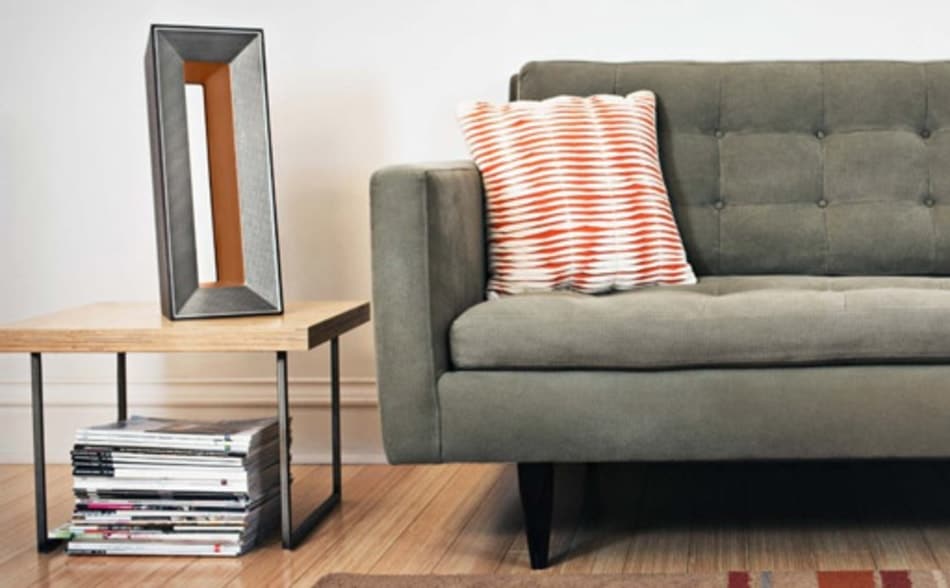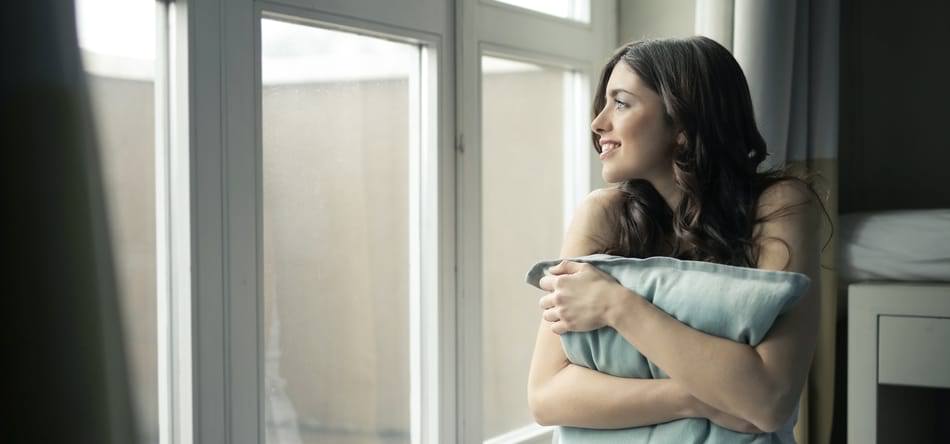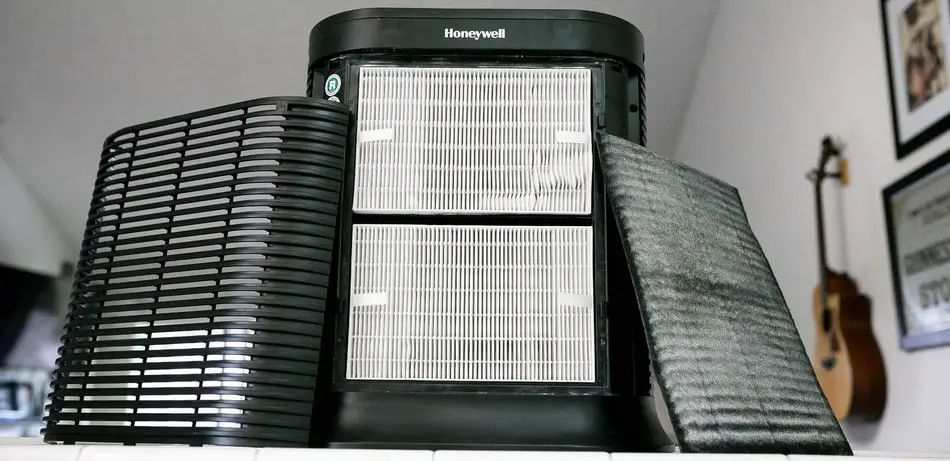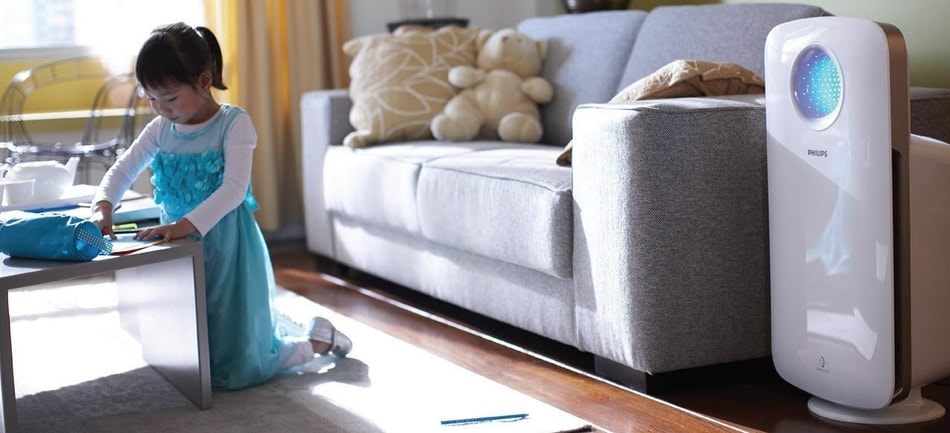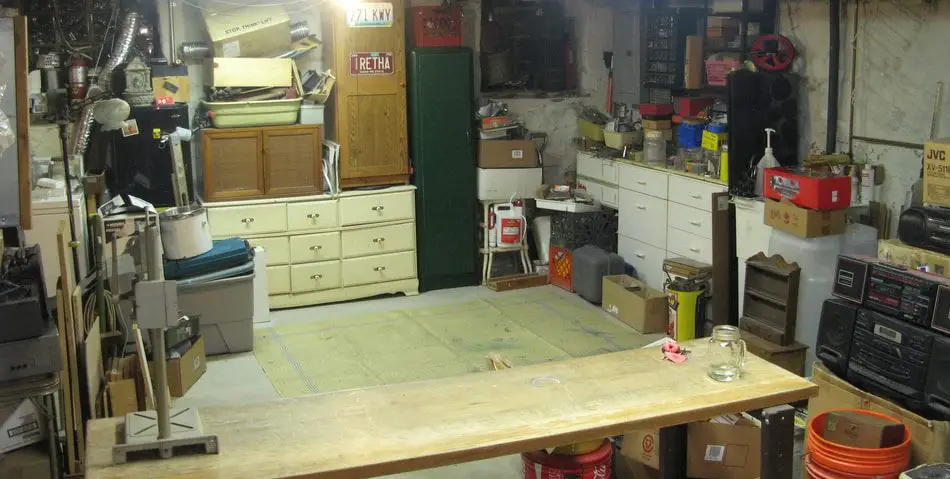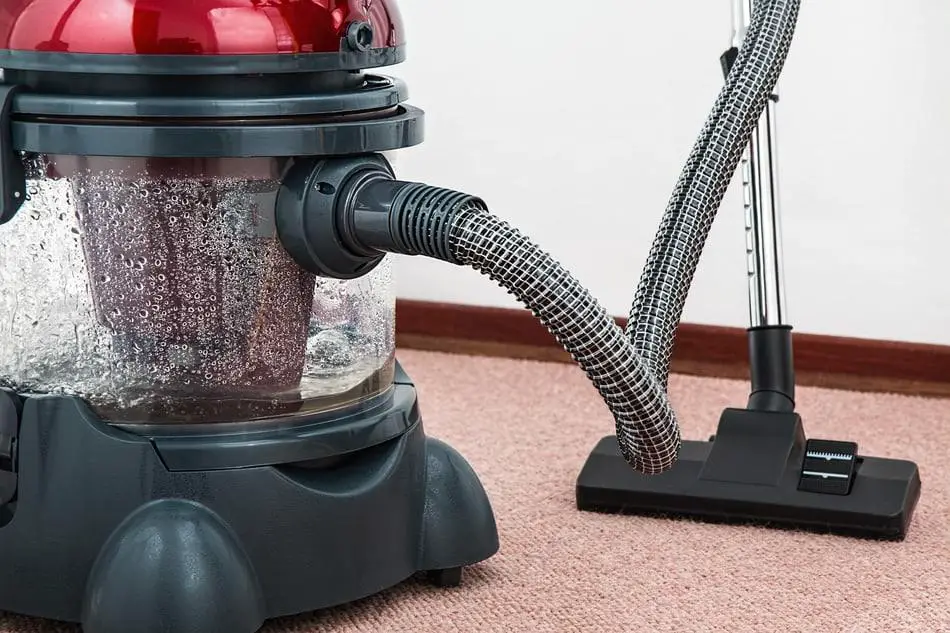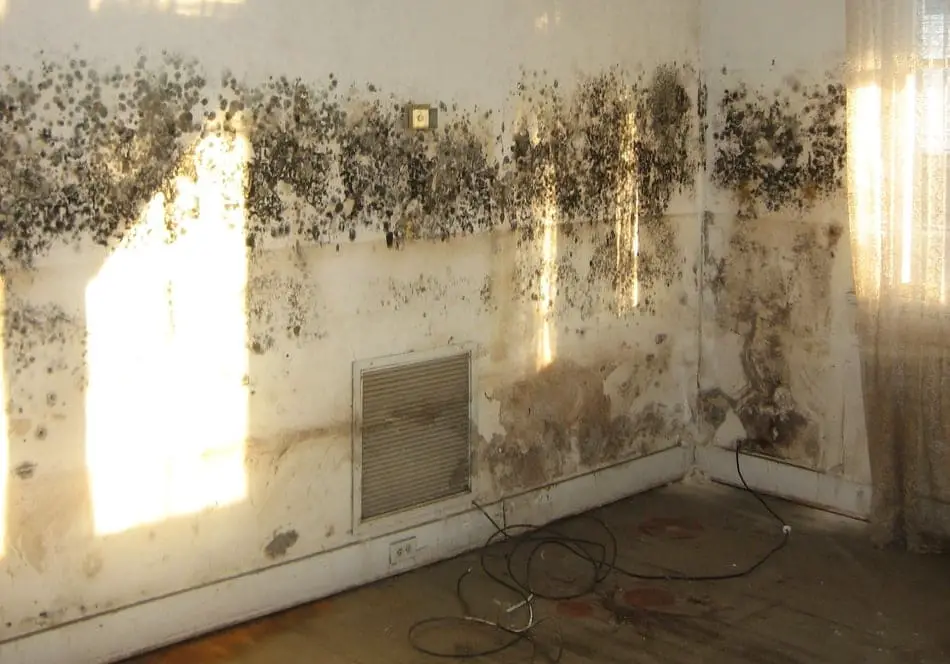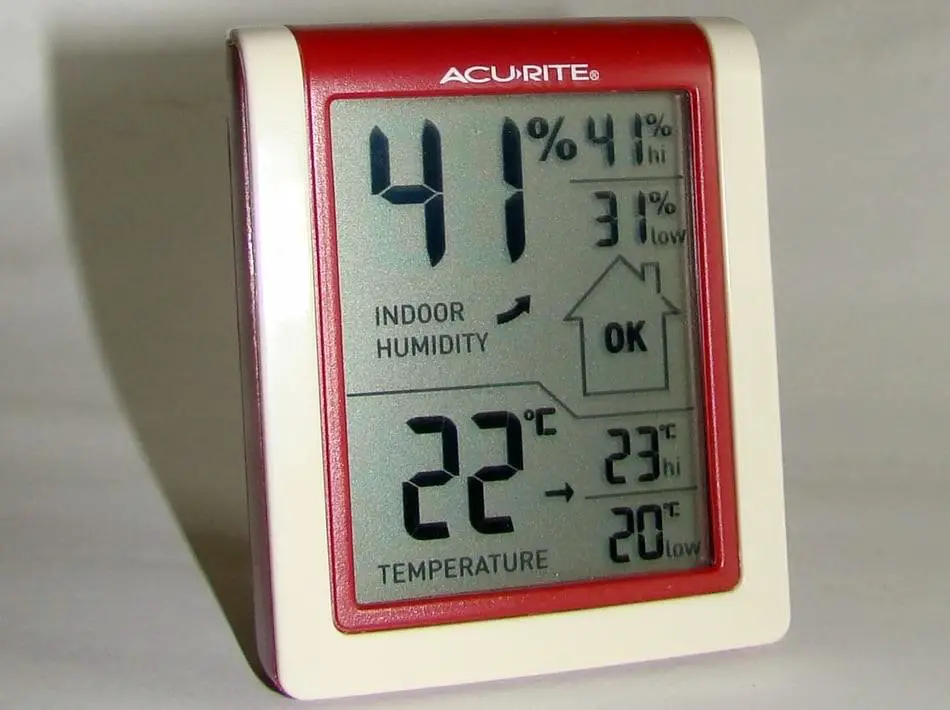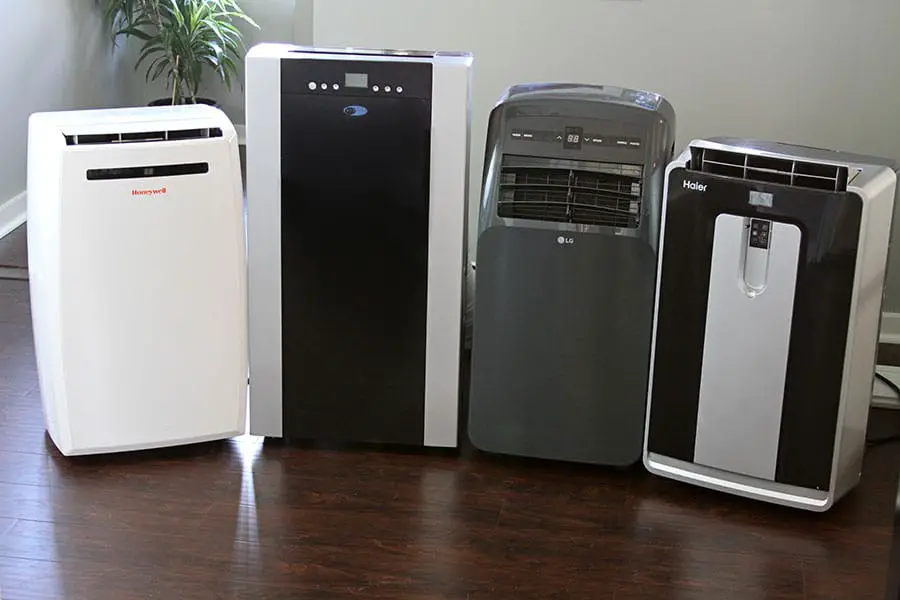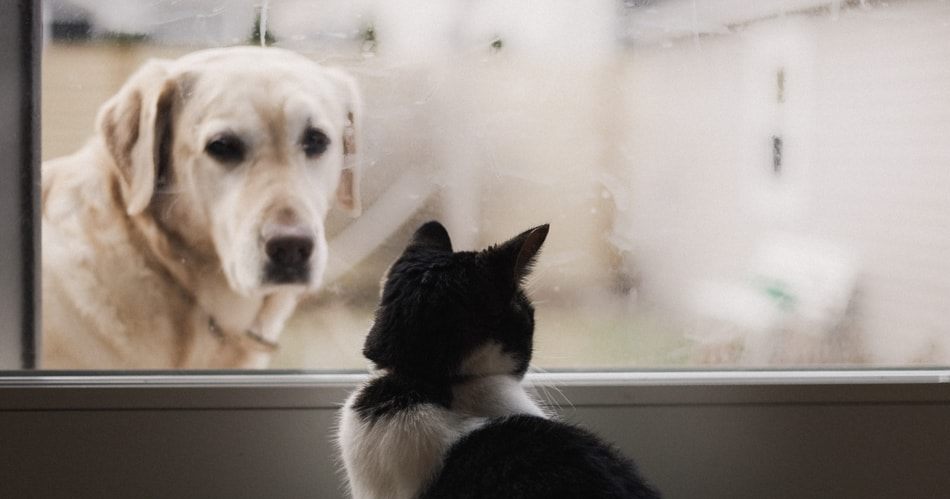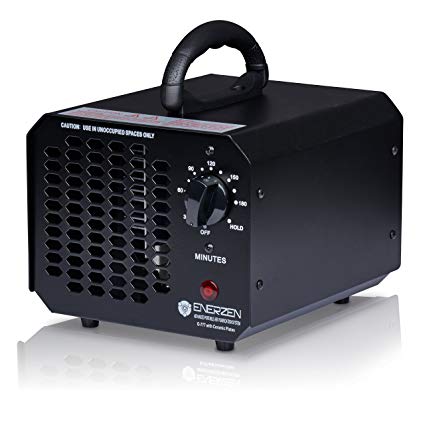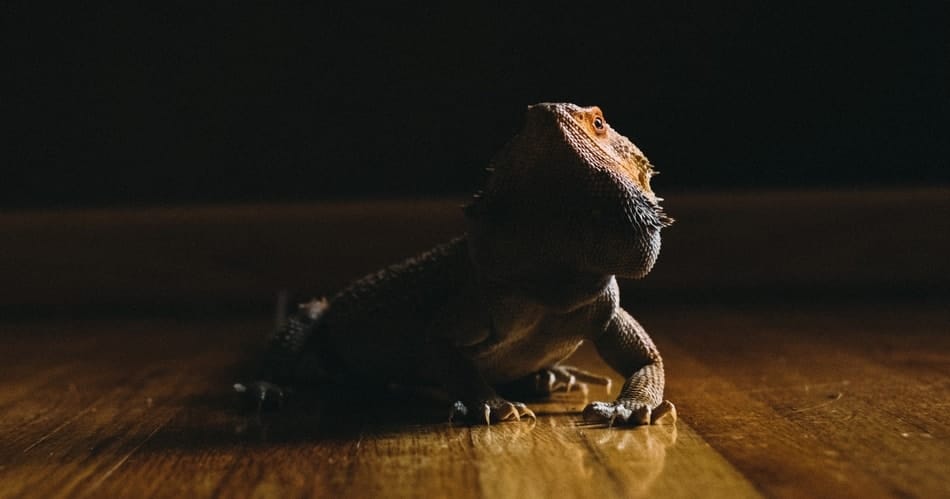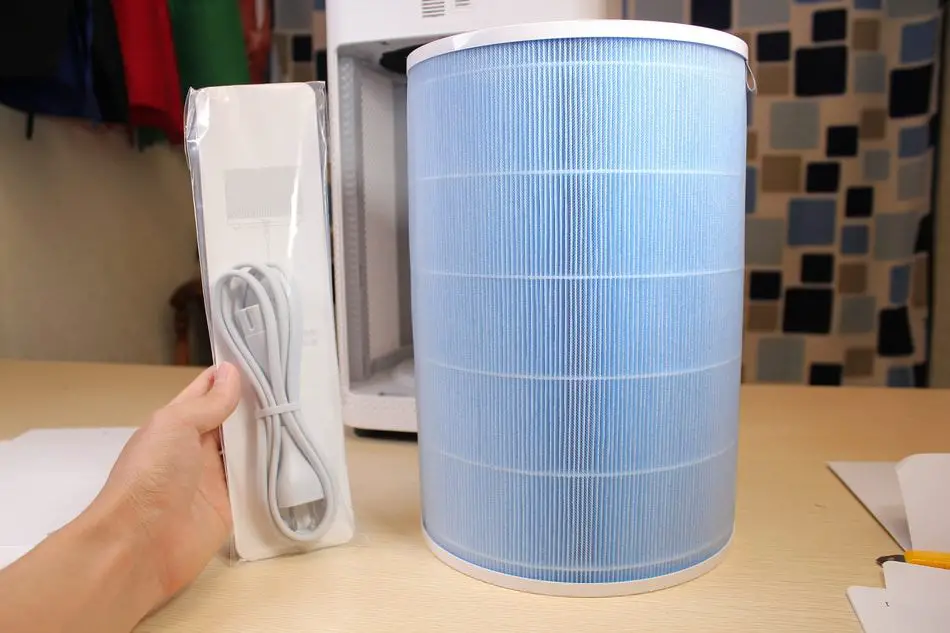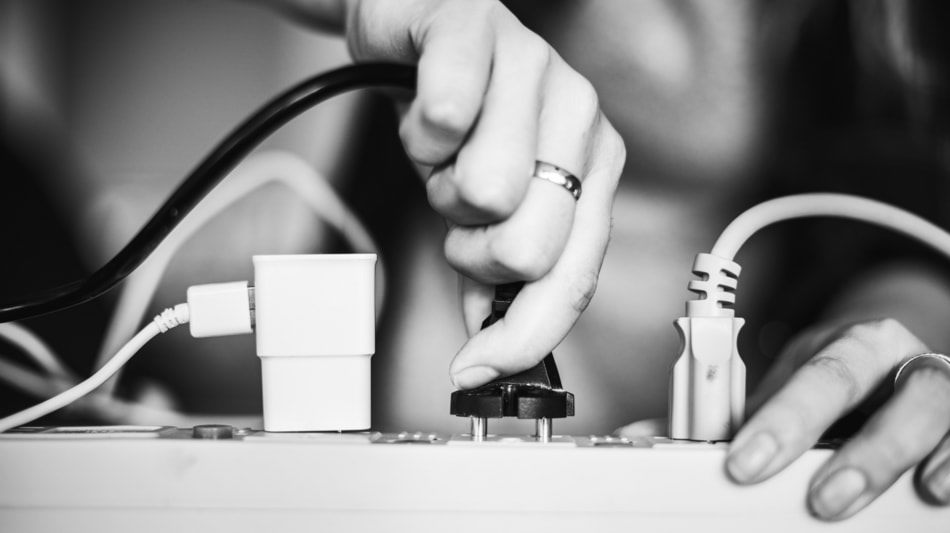
There are many ways your house can get polluted by smoke and smoke smells. The pollution could be second hand from smoking neighbors or just you smoking your own cigarettes. With the recent wave of weed legalization across different states and countries, you might also find yourself having to deal with the terrible stench of marijuana smoke. Moreover, you could be dealing with a more dangerous situation like wildfire, forest fire or volcano smoke which can last for weeks or months.
Whatever your situation, you probably ended up here because you asked, “can an air purifier help with smoke?” An air purifier can help with smoke and smoke smell but only if it is a true HEPA filter combined with an activated carbon filter or a PCO air purifier. Other types of air purifiers simply cannot deal with smoke odor and trap or destroy all the harmful air contaminants produced by different types of smoke.
To add on, the types of air purifiers that can deal with smoke are pretty much the same for all types of smoke except e-cigarette smoke. I explain more on this later in the vaping smoke section but for now, let me start with my personal experience with smoke pollution and how I discovered air purifiers could help.
I think the worst smoke pollution I have had is second-hand cigarette smoke from my neighbors in an apartment block I once lived in. This caused my wife and I so much discomfort and in trying to deal with this problem I had my early encounters with the idea of air purifiers.
My neighbor in my previous apartment home used to smoke indoors and our apartments were built in a way we shared the same air vents, and all the smoke and smell from his cigarettes would crawl up the vent from his apartment and straight into my bedroom, through my wardrobe.
A lot of this would happen while we sleep and my wife and I would wake up all choked up and with our clothes smelling like cigarette smoke. Then one day my wife and I had enough and I went down to politely to ask this neighbor to be considerate and at least smoke on his balcony. Long story short, the situation got confrontational and I had to resort to alternative solutions.
After some research on legal actions and the alternatives I eventually stumbled on the idea of smoke proofing my house, then when I came across air purifiers and I was like, “why didn’t I think of that?” You see, this was not my first encounter with air purifiers but I really didn’t consider them as a useful means of dealing with smoke pollution at the time.
Once the idea of air purifiers was planted in my mind, I did some research and discovered that when you are trying to deal with any type of smoke pollution you are fighting with visible particles (the smoke that you can see) and invisible particles (this includes odors and other harmful particles).
Like most people, you may only be concerned about the smell but you should know that the most dangerous part of smoke is actually the other harmful parts you breathe in but do not even notice or see with the naked eye. Knowing this, made me even more determined to implement a solution. I think everyone knows that smoke can lead to cancer and worsen respiratory conditions like asthma but reading this information again and refreshing one’s mind really hits home. It reinforces your will and need to act to protect yourself especially when you are not the one causing the smoke.
Next, in my research, I also found others trying to solve the problem for many different reasons and from many different angles. It was not only second-hand smoke sufferers but also considerate people who smoked who were trying to prevent smoke pollution. I also came across a lot of weed smokers who were trying not to get busted.
You could either be in a middle of a wildfire or live in a block of apartments where you have no option but to smoke inside or you live with your parents and you don’t want your vaping smoke to pollute their home. We are all in the same boat, we are all trying to avoid the smoke smell or the harmful effects of smoke and you will be glad to hear there is an air purifier for your problem.
In view of the different situations where someone may need to get rid of smoke pollution, I go over 6 different types of smoke pollution, starting from cigarette and cigar smoke to volcano smoke with an explanation of what kind of air purifier can help and how it can help for each kind of smoke. Lastly, I leave you with some brief tips on what else I have found you can do in addition to using an air purifier to minimize smoke smells and the impact of smoke pollution on you and your family.
1. Cigarette and Cigar Smoke
Both cigars and cigarettes contain tobacco which when burnt produces smelly odors and dangerous air contaminants. Besides the pollution from the paper or cover holding the tobacco together tobacco smoke alone contains over 400 dangerous chemicals and 50 of these chemicals are carcinogens.
Most of the pollutants released in tobacco smoke are gaseous and the major non-gaseous contaminant in tobacco smoke to get rid of is tar. Now there are several types of air purifiers that claim to get rid of both the gaseous and particulate parts of cigarette and cigar smoke. However, from my research I have found the best purifiers, in this case, are ones that have a tar pre-filter, a HEPA filter and a carbon filter which contains at least 2 pounds of activated carbon.
Activated carbon works by absorbing gases and it can absorb over 4000 different dangerous chemicals that can pollute the air. With cigarette smoke and any smoke, for that matter, it will absorb all 400 dangerous chemicals and its the element of your air purifier that gets rid of smoke odors. A good HEPA air purifier to get rid of tobacco smoke at home and that has a tar pre-filter and contains enough activated carbon is the Airpura-T600 (check it our at Amazon).
The other option is to get a photocatalytic oxidation (PCO) air purifier. Like activated carbon HEPA purifiers, PCO air purifiers will get rid of both tar and odor. However, instead of trapping the contaminants PCO purifiers actually burn them and completely destroy them.
Also, with PCO air purifiers you do not need to replace filters frequently. A typical PCO purifier has a reactor chamber which lasts for about 2-3 years before you need to replace it and when its replacement time it’s as easy as inserting an ink cartridge in a printer.
A PCO air purifier I have been eyeing for the longest time is the Airocide air purifier (check it out at Amazon). I have heard too many good things about this one and it’s just a matter of time before I get it. Other air purifiers that can deal with tobacco smoke include ionic/electrostatic air purifiers and ozone generators but because these produce a dangerous by-product called ozone I generally suggest for people to stay away from them.
All in all, for cigar and cigarette smoke, stick to either a HEPA purifier with an activated carbon filter or a PCO air purifier and you can’t go wrong. You will find devices called smoke eaters, especially for cigars but this is just a special name for air purifiers specifically designed to deal with smoke and most of them are essentially activated carbon HEPA filters with the exception of vaping smoke eaters which I discuss in the vaping section.
The only other important factor to consider here is room size. Go with a PCO air purifier for a home with really large rooms and spaces to cover and go with a HEPA purifier for small apartments and homes with rooms that have an area that is less than 1000 sq. ft. This is a general principle you can apply when considering an air purifier for all the other types of smoke pollution.
2. Weed Smoke
According to the National Institute of Drug Abuse like tobacco, many people don’t realize that marijuana smoke is also an irritant to your throat and lungs. It also has similar volatile chemicals and tar that could cause respiratory problems.
However, with the legalization of weed and the increase in its usage for medical reasons, I think the biggest problem when it comes to air pollution will be its strong pungent smell. I have seen enough forum posts of people complaining about the smell in one way or another if you are smoker or not.
You could be living with neighbors who smoke weed and the smell seeps into your house or you could be sharing a house with your landlord or in your father’s basement and you don’t want the smell going to the rest of the house. Whatever your scenario, the right kind of air purifier will help you.
Like cigarette smoke, the best type of air purifiers that will help you get rid of cannabis odor are either PCO air purifiers or true HEPA air purifiers with an activated carbon filter. Just apply the same principles as for cigarette smoking and you can live in your home and barely notice that anyone around you smokes.
On top of getting rid the smell, these air purifiers will also minimize the harmful effects of cannabis smoke. Keep in mind though, that if you are after an air purifier for health reasons, the best solution here is always to stop the smoking all together. Air purifiers then come into your rescue in situations where you cannot stop the smoke.
3. Vaping Smoke
Vaping smoke differs a lot from other types of smoke. In fact, you would rather call it a cloud of vapor than smoke. Because it differs from the usual smoke, the type of air purifier you can use to deal with its odor and harmful effects also differ.
If you vape often, besides the smell, you soon notice that things in the room you vape in start to get covered by vape residue or an oily film. It’s so tedious cleaning this mess up and to make matters worse, if you have electronic gadgets lying around like laptops, T.Vs and what not, the vape smoke can seep inside them and ruin your device.
I won’t go into the harmful effects of vaping as it is still a grey area and scientist are yet to draw factual conclusions on this. That said, if you want to get rid of all the side effects of vaping smoke from smells and residues on surfaces to potentially damaging effects on devices, then an air purifier can help you.
Vape smoke is made of mainly water, glycerin and propylene glycol which are emitted into the air in the form of droplets and moisture whenever someone puffs out a vape cloud. Given, that e-cigarette smoke is moisture, your typical carbon activated HEPA air purifier cannot effectively clean their smell and residues out of the air.
Try using a HEPA air purifier to get get rid of vape smoke and soon enough you will see your filter replacement and maintenance bill shoot up. The reason for this is that HEPA air purifier filters are made out of cardboard like material which quickly becomes useless as it gets soaked with e-juice moisture and gets soggy.
So, to effectively clean vaping smells and pollution out of your air, what you need is an air purifier that’s specifically designed to filter the billowing and moist smoke unique to vaping. This type of air purifier is also commonly called a smoke eater and is made to handle moisture without any impact on its electrical components.
I have mostly seen commercial smoke eaters for vaping and it seems there are very few companies manufacturing this kind of device. The ones you will see commonly online are the Smokemaster C12-E-Cig Smoke Eater and the X11Q-E-Cig Electronic Smoke Eater. You will also find one called the Cloud Crusher by a small company called Get The Smoke Out.
These devices have filters that are resistant to moisture. They all work like ordinary HEPA air purifiers and the same principles apply in their usage with regards to room size and their placement but they also have the extra filtration capacity to deal with vaping moisture.
The last thing to note when you get a smoke eater or air cleaner for vaping smoke is to get a separate and different air purifier if you need one for dust, allergies and other forms of air pollution. You should also not use your second air purifier while vaping even though your vaping air purifier is running. This approach will save you on maintenance costs of your second device.
4. Second-Hand Smoke
If you are concerned about second-hand smoke then you are likely concerned about the harmful effects of tobacco and cannabis smoke beyond just the smell. Whether its smoke or vapor from smoking , the principles in protecting yourself do not change from what I have outlined under each smoking section.
Here is a summary of the kind of air purifier that will help you by type of second-hand smoke:
- Weed/marijuana smoke – either an activated carbon HEPA air purifier or PCO air purifier
- Tobacco smoke – either an activated carbon HEPA air purifier or PCO air purifier
- E-cigarette/vaping smoke – a water resistant HEPA air purifier with activated carbon
5. Air Purifiers for Wildfire Smoke
According to the EPA short-term exposure to wildfire smoke is mostly a threat to children, the elderly, pregnant women, people with preexisting respiratory problems and weak immune systems. However, wildfire smoke pollution may last for weeks or even month after the fires stop burning meaning possible prolonged exposure for everyone and that everyone and every home will need some form of protection against it.
Now, wildfire smoke is like cigarette smoke in that it contains many of the similar dangerous chemicals in gaseous form. It, however, differs from cigarette smoke in that it also has high levels of ash and harmful micro airborne particles. So whatever air purifier you go for has to be supported with a prefiltration system that can keep out larger airborne particles.
As for the smaller wildfire particles, these range from 0.4 to 0.7 microns and any HEPA certified air purifier can deal with this size particles as they can filter out particles as small as 0.3 microns which are much smaller.
Like for other types of smoke, if you go with a HEPA air purifier, it has to be combined with a carbon activated filter to absorb the dangerous gaseous chemicals and smoke odor left behind in your home by wildfires. I would suggest a heavy duty air purifier when it comes to wildfires.
A good one I have seen for this purpose, especially if you live in an area where wildfires happened often is the Amaircare 7500 AirWash Cart Air Purifier (click to see it at Amazon). This purifier can clean large areas of up to 3750 sq. ft and will do well in larger homes. If you stay in a smaller home or an apartment you can go for one of their smaller devices like the Amaircare 3000 which cleans spaces of up to 900 sq. ft.
These purifiers all contain enough carbon activated material to constantly absorb odor from wildfires over a period of at least 6 months before you need to replace any filters. Besides your air purifier device, if your home has an HVAC system, you should really consider adding a HEPA filter to it to prevent micro and ultrafine smoke air particles from the fires from getting into your home through the HVAC.
With HVAC air filters though, you have to make sure you get the correct MERV filter for your HVAC. If the MERV is too high, this could strain your HVAC and restrict air flow into your home. A rule of thumb is to go for lower MERV filters the older your HVAC system is.
If you already have a HEPA filter on your HVAC, replace it during and after the wildfire period to maintain the best performance on your HVAC. You can also get furnace filters and similar principles apply to furnaces as HVAC filters. Besides HVAC filters, you can also get window HEPA filters. These sit under your window to let fresh air in when your windows are closed.
Now you might be asking how these help with the smell of smoke beyond preventing contaminant particles from getting into your home. Well, these filters come pleated with either baking soda or activated carbon to minimize odors from getting through. This also applies to HVAC and furnace filters.
These filters act as external prefilters for your room air purifier. A good single place to find all these kinds of filters for Windows, HVACs, and Furnaces is at Nordic Pure. Nordic Pure is a great brand, with great quality guarantees and take my word for it, you won’t be disappointed by them when it comes to set and custom filters for both your air purifier and HVAC.
In addition to air purifiers and filters at home, in the event of wildfires its advisable to wear a mask when you are outside on the go to protect yourself from smoke inhalation. Effective respiratory masks for both adults and kids are ones that are N95 certified (you will N95 is also called P2, FFP2 or DS2 in different countries).
The certification is usually printed on the mask’s packaging or on the mask itself. The gold standard when it comes to masks for wildfires or air pollution is the 3M healthcare range. Masks come in different shapes and sizes but you need to ensure that whether you get one for kids or adults that they are a tight fit to the face. Otherwise, if there are gaps in your mask they are pretty much useless. Check out my post on recommended anti-pollution masks if you want to find out more about what kind of mask to get.
6. Air Purifiers for Volcano Smog or Smoke
The final type of smoke pollution I found you have to deal with is volcano smoke (VOG). This is less common but if you find yourself in Hawaii or Bali or any other place in the world with active volcanoes, your air is prone to VOG pollution. The main contaminant gases in VOG are sulfur dioxide (SO2) and hydrogen sulfide. These contaminants can penetrate deep into your lungs and cause all sorts of irritations in your nose, eyes, and throat.
Besides the gases, you also have a set of particles which are collectively called laze. Laze is formed when lava from the volcano cools rapidly when it meets with cold water. As a result of the rapid cooling, the lava turns into ultrafine particulate glass which becomes airborne. So if you put all the pollutants together, VOG pollution in your home is a combination of toxic fumes and tiny glass shards ready to attack your body and respiratory system.
The research available on VOGs shows its effects are especially pronounced for children, individuals with chronic asthma, and those with respiratory problems. Studies done in urban areas with similar kind of pollutants contained in VOG show that these types of air contaminants degrade lung function. If you are exposed long enough to VOG your lungs can get permanently damaged.
Now when it comes to cleaning VOG contaminated air, the best way to do this effectively is by using air purifiers with large amounts of particle absorbents like activated carbon. Like other smoke, this needs to be combined with a true HEPA filter that will help remove aerosols, laze, fine ash, and microscopic solid particles found in VOG.
When it comes to choice of air purifiers here, out of the many choices I would stick to the Amaircare range because their filters are designed with large amounts of activated carbon. In addition to your air purifier, for extra protection, I would also use filters and masks, in the same way as I would for wildfires.
The only other addition I would make here is safety goggles so that laze and irritants don’t get in your eyes. You can get anti-fog goggles like the Dewalt Concealer Anti Fog Safety Goggles to prevent steam build up when you wear them over a long period but any goggles that fit tightly around your eyes will do.
What Else To Consider and Do?
An important point I mention repeatedly across Fresh Air Genie is that air purifiers on their own will not completely keep the air in your home clean. With cigarette and vaping smoke, wherever possible, the first step to getting rid of the pollution is to smoke outside your home.
If smoking outside is not an option, then try to have a designated smoking room in your home where your air purifier is also located. For indoor smoking, you can also try to paint your home and man cave with odor absorbing paint. This has been shown to work well for cigarette and cigar smoke odors.
Next, if you are in a situation whereby you are dealing with wildfire smoke or second-hand smoke, start by putting carbon activated or soda filters on your doors, ventilation system and under your windows to filter out bad odors and dangerous air particles before they enter your home.
Lastly, smoke particles, gases, and smells seep through holes in walls, and gaps around doors and windows. To minimize this, in addition to placing filters under doors and windows, you can also properly insulate your home and seal holes where smoke is obviously leaking through with some form of sealant.
Everything I have shared here includes the fundamentals you will need to apply to deal with all sorts of smoke pollution using air purifiers. Apply the extra measures above in addition to using an appropriate air purifier for your home and smoke pollution situation, then it won’t be long before your home is free of smoke smell and most of the harmful smoke particles that may contaminate your air.


